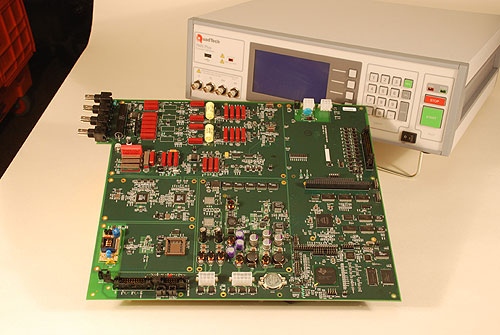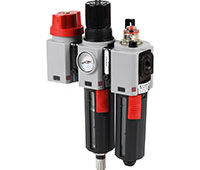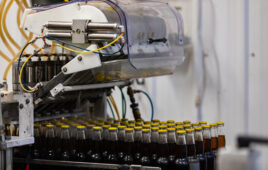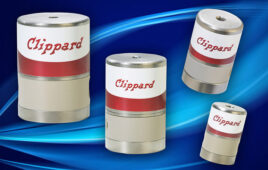Cryopumps or cold traps are used to condense gases and vapors onto a cold surface. It is reported that they can lower the gas pressure in a space to a near-perfect vacuum more effectively than mechanical roughing pumps. Controlling the pump cycle and regeneration sequence (where the trapped gases are re-evaporated to remove them from the trapping surface) necessitates specific timing and feedback requirements to create an efficient system. Further, it requires input from a number of specialized sensing elements such as silicon diode temperature sensors which are accurate to temperatures below 10° K (-263° C), and thermocouple vacuum sensors which provide measurements for gas pressures to below 1 micron (1 millitorr).
In addition to the details of high-quality vacuum sensing, larger components such as pump motors and system valves have to be controlled. Safety can be an issue, too. What’s more, subtleties such as timing sequences, general I/O, and communications must be monitored by a microcontroller, and the system must be able to operate reliably in harsh industrial environments.
While many of these functions could be controlled by traditional programmable logic controllers (PLCs), the system would be expensive and complex. Hence, a need arose for a reliable, rugged controller that could be standardized, mass-produced, and be relatively inexpensive.
Our customer needed a working pump controller prototype within eight weeks. The company was using a 20-year old laboratory-grade local continuous replication (LCR) bridge. The design team studied the case and generated a development plan for the product that would modernize the bill of materials (BOM), reduce costs, and improve functionality and operability. However, the mechanics and the user interface had to be backward-compatible with the original design.

Orchid designs cryogenic equipment that monitors and regulates temperatures between 4° and 70° K.
Some of the other design challenges included addressing low-total harmonic distortion precision sine wave generators, phase-balanced analog amplifiers, low-noise power systems, and high-accuracy 18-bit analog-to-digital conversion circuitry. The designers used Windows CE to update the processing power. They worked with DR DOS and MS DOS operating systems to address the backward-compatibility issues.
Designers compacted the discrete logic integrated circuits to a single modern field programmable gate array (FPGA), along with other size-reducing techniques. Then, they reduced the confusion of boards, cables, heat sinks, and standoffs to a concise, easier-to-build, and more reliable product that consisted of a single instrument board. The design team used the board layout and copper pour areas to conduct heat out through the bottom of the board that eliminated the need for the large number of discreet heat sinks and spreaders in the old design. The new cooling system deals with the heat in a more efficient manner.
The team used the digital signal processing (DSP) host port for communication with the CPU. A newly added universal serial bus (USB) runs the original DR DOS and MS DOS operating systems.
Orchid Technologies Engineering & Consulting, Inc.
www.orchid-tech.com
::Design World::
Filed Under: Pneumatic equipment + components, Pumps, FLUID POWER, PLCs + PACs





Tell Us What You Think!